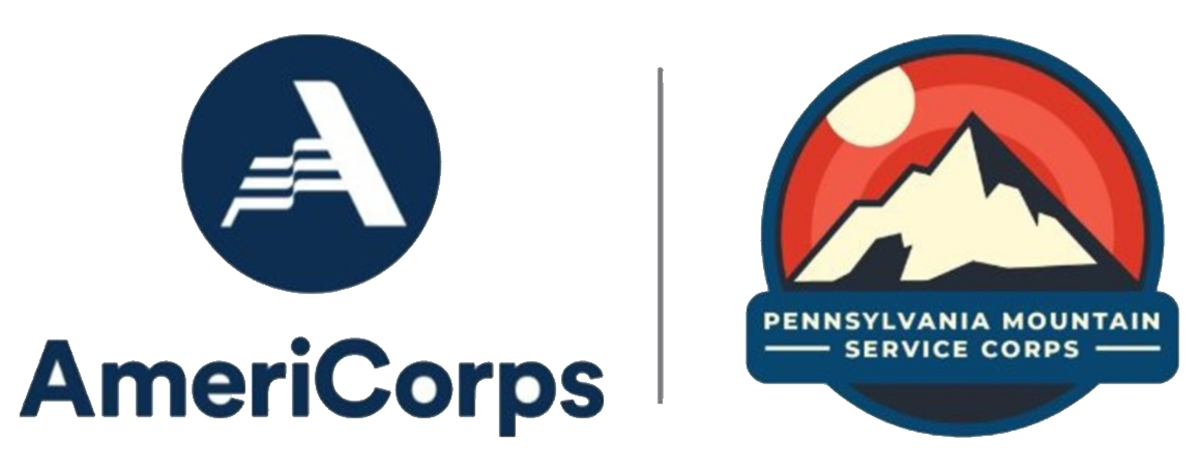History
Tradition of Service
AmeriCorps is a national civilian service corps, created in the spirit of volunteerism and community service– an integral part of our American history.
In 1933, President Franklin D. Roosevelt organized the Civilian Conservation Corps, which is responsible for having built many of our nation’s parks and conservation areas. Following WWII, the GI Bill was created and military service to our country was awarded with educational benefits.
In 1960, President John F. Kennedy sought to relieve international distress and poverty by citizen service abroad, through the creation of the Peace Corps. In 1964, President Lyndon B. Johnson was instrumental in the creation of the VISTA program as a domestic Peace Corps to address community issues here at home.
Experimental youth and senior service programs sprang up all over the country during the 1970’s and 1980’s. With this movement, the private and nonprofit sectors began to play a substantial role in both advocacy for, and the development of, organized citizen service on a national scale.
In President George H.W. Bush’s 1989 inaugural address he invoked the vision of a “thousand points of light,” and invites the nation to take action through service to their fellow citizens; and in 1990, he developed the “Commission on National and Community Service”, to engage U.S. citizens in community programs designed to combat illiteracy and poverty, and to address environmental issues.
Further expansion of national service took place in 1993 with the signing of the National Community Service Trust Act and the creation of AmeriCorps by President William J. Clinton. This new law combined the concepts of volunteerism, civilian service, and education benefits for service. Currently about 80,000 individuals serve each year in one of the hundreds of AmeriCorps programs located across the United States addressing a variety of community challenges.
The Pennsylvania Mountain Service Corps is Created
In 1994, local community leaders met to propose the submission of a grant that would allow for the creation of a local AmeriCorps group to be formed. As a result of that initial meeting, the Appalachia Intermediate Unit 8 became the administering agency for Pennsylvania Mountain Service Corps (PMSC); the AmeriCorps program serving communities in Southwestern-Southcentral Pennsylvania.
Background
The AmeriCorps program was created in the spirit of community service that has been a traditional and integral part of our American history. In 1933, President Franklin D. Roosevelt organized the Civilian Conservation Corps. Following WWII, the GI Bill was passed, and service was tied to educational benefits. In 1960, President John F. Kennedy sought to relieve international distress and poverty through the Peace Corps. And in 1964, President Lyndon B. Johnson was instrumental in the creation of the Vista program as a Domestic Peace Corps.
Experimental youth, and senior service programs sprang up all over the country during the 1970’s and 1980’s, depending primarily on the political climate. With this movement, the private and nonprofit sectors began to play a substantial role in both advocacy and the development of volunteer service.
In 1990 President G.H. Bush introduced the National and Community Service Act as a way of formalizing citizen service. In September of 1993, as a means to further consolidate and bring collaboration to the many service programs that existed, President William Clinton, with strong bipartisan support, signed the National and Community Service Trust Act into law. This law created a national headquarters that would administer the funds set aside to support community service programs including Vistas, The Senior Corps, Learn and Serve, and AmeriCorps.
In the early part of 1994, a community meeting was held to propose the submission of a grant that would allow this rural region of Pennsylvania to support a branch of AmeriCorps. As a result of that initial meeting, the Appalachia Intermediate Unit 8 became the administering agency for a regional AmeriCorps initiative.
The Pennsylvania Mountain Service Corps AmeriCorps program was created in 1994, and began with a 40 member Corps that would be partnered with nonprofit and governmental organizations across 10 Pennsylvania counties, (Armstrong, Bedford, Blair, Cambria, Fayette, Fulton, Huntingdon, Indiana, Somerset, and Westmoreland.) The Corps was designed to address all four major AmeriCorps initiatives, Education, Human Needs, Public Safety, and Environment.
Today the Pennsylvania Mountain Service Corps has grown to 85 members, covering 15 counties. Since its inception, there have been hundreds of students tutored in math and reading, thousands of seniors and families provided with services that would have otherwise gone undone, hundreds of after school and educational activities presented to at-risk youths, hundreds of miles of water tested and cleaned up, thousands of volunteer hours generated, and a unique collaborative effort of community organizations formed.
In 2001, following the tragedies of September 11th, President Bush further consolidated many of the national service programs under the USA Freedom Corps, and added a Citizens Corps that would help with homeland security measures. American citizens were also urged to devote 4,000 hours of service to their country over a lifetime.
In 2009, the Edward M Kennedy Serve America Act allowed for the expansion of AmeriCorps. Today, over 200,000 Americans come together as AmeriCorps members in National Service across the nation each year to bring out the best of America.
What We Do
Education: Provide academic engagement and instruction, mentor, and provide educational enrichment programs to K-12 students.
Environment: Address water quality issues, restore and maintain environmental infrastructure.
Healthy Futures: Provide educational programming to youth and adults on healthy life choices and behaviors; provide assessment, intakes and referrals for affordable housing, food, and mental/health crisis services; increase community outreach; and provide volunteer management and recruitment.
